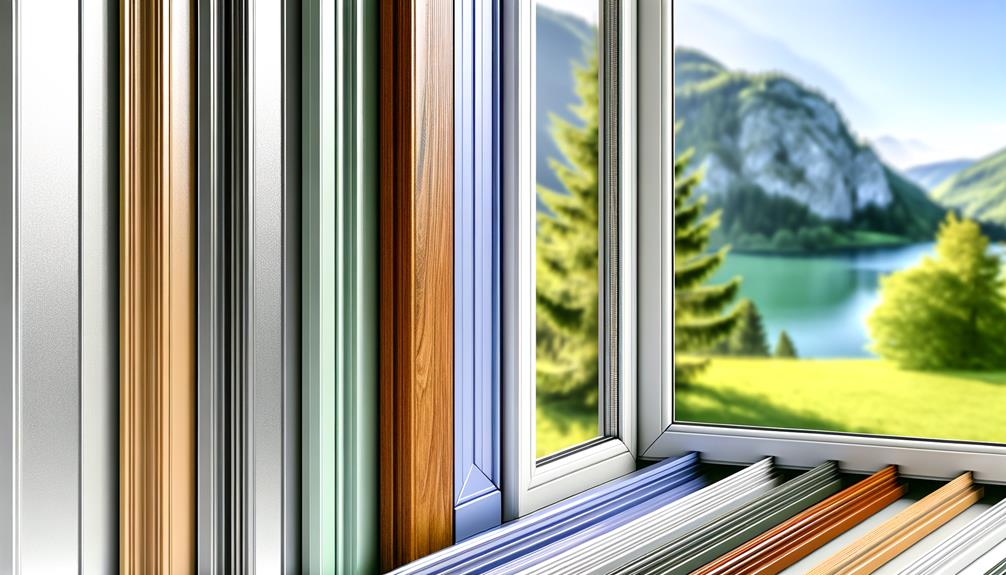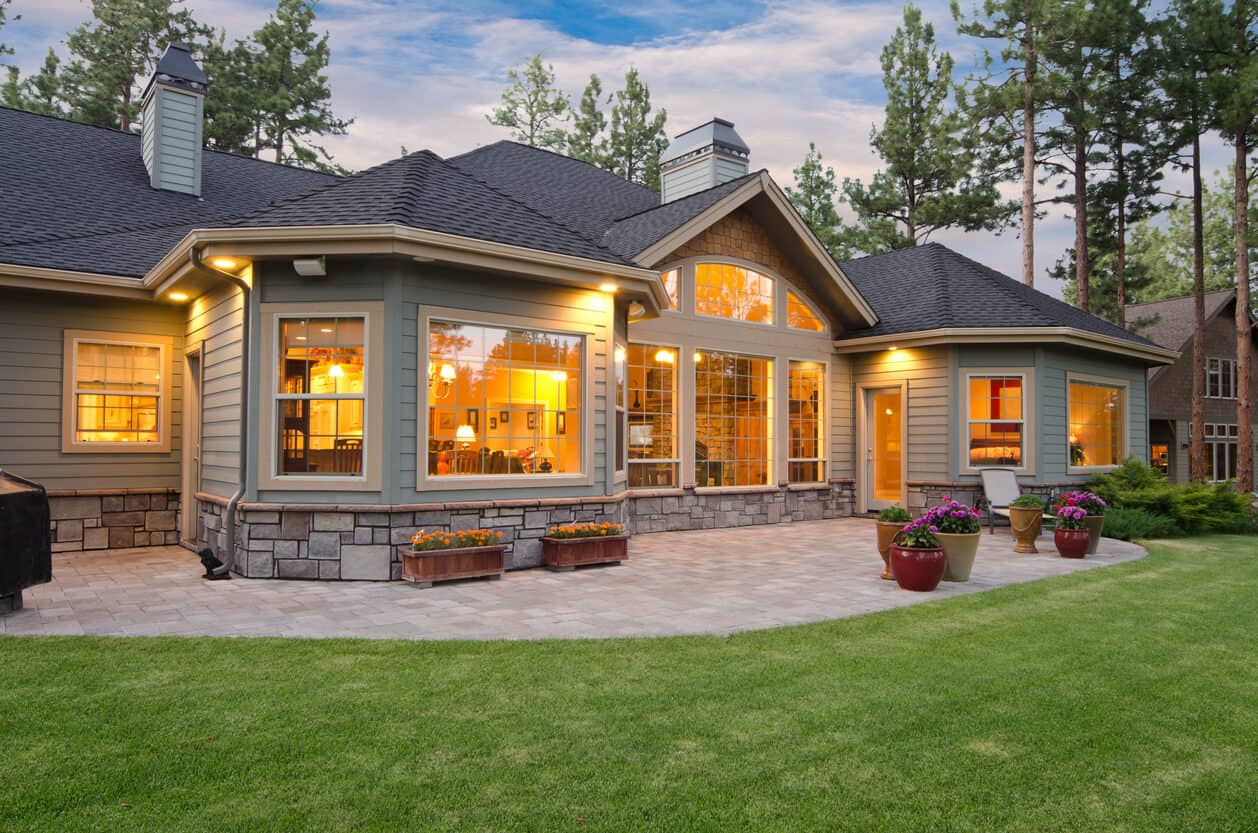Investing in new windows is one of the best ways to improve your home’s energy efficiency, comfort, and value. A window investment offers both immediate and long-term benefits, from reducing energy bills to increasing property resale value. Whether you’re renovating an older home or simply upgrading for better performance, choosing the right windows can make a significant impact. In this article, we’ll explore the advantages of investing in new windows, how to make the right choice, and compare different materials to help you decide what’s best for your home.
1. The Benefits of Window Investment
A window investment offers various benefits, both financial and practical. New windows provide better insulation, enhanced security, and improved aesthetics for your home. One of the key reasons homeowners decide to upgrade their windows is to reduce energy costs. With modern, energy-efficient windows, you can minimize heat loss during winter and keep your home cooler in the summer, which leads to noticeable savings on your energy bills.
Additionally, new windows can enhance the comfort of your home by eliminating drafts and improving temperature regulation. Investing in high-performance windows also increases the resale value of your property, making it more attractive to potential buyers when it’s time to sell.

2. Maximizing Energy Efficiency
One of the main advantages of a window investment is the potential for improved energy efficiency. Modern windows come equipped with advanced features such as double or triple glazing, insulated frames, and Low-E coatings that help reduce heat transfer. These features prevent warm air from escaping during colder months and block out excess heat during the summer, ensuring your home stays at a comfortable temperature year-round.
Key Energy-Efficient Features:
- Double or triple glazing: Extra layers of glass with gas-filled spaces improve insulation.
- Low-E coatings: Special coatings that reflect infrared light, keeping heat inside during winter and outside during summer.
- Insulated frames: Materials such as vinyl or fiberglass provide better thermal performance.
3. Choosing the Right Window Types for Your Investment
When making a window investment, it’s essential to choose the right type of window for your home’s needs. Common options include casement windows, sash windows, and tilt-and-turn windows, each offering unique benefits. Casement windows, for example, are known for their excellent ventilation and ease of operation, while sash windows are ideal for maintaining the traditional look of period homes.

Comparison Table: Window Types
| Window Type | Energy Efficiency | Ease of Operation | Aesthetic Appeal | Best Use |
|---|---|---|---|---|
| Casement Windows | High | Easy to open/close | Modern and traditional | Homes needing maximum ventilation |
| Sash Windows | Moderate | Sliding function | Traditional charm | Period properties or heritage buildings |
| Tilt and Turn Windows | High | Versatile (tilt/turn) | Modern look | Contemporary homes needing functionality |
| Fixed Windows | Very High (no gaps) | No operation | Minimalist and modern | Areas where ventilation is not a priority |
Casement Windows: Ideal for Ventilation
Casement windows are hinged at the side and open outward, making them a great choice for ventilation. They are also highly energy-efficient when closed due to their airtight seal.
Sash Windows: Classic and Traditional
Sash windows are perfect for maintaining the architectural integrity of older homes, particularly in conservation areas. While their sliding mechanism may not offer the same level of insulation as casement windows, they can be updated with double glazing for improved efficiency.
Tilt and Turn Windows: Modern Versatility
Tilt and turn windows offer a modern solution, allowing you to open them in two ways—tilting for ventilation or turning fully for ease of cleaning and emergency access. Their versatility makes them a popular choice for contemporary homes.
Fixed Windows: Perfect for Natural Light
Fixed windows don’t open but are highly efficient in terms of insulation and maximizing natural light. They’re often used in combination with other operable window types for aesthetic and functional purposes.
4. Durable Window Materials: A Key to Long-Term Investment
In addition to choosing the right window type, selecting the best material is crucial to getting the most out of your window investment. Different materials offer varying degrees of durability, insulation, and maintenance requirements. Vinyl, wood, and aluminum are among the most common choices.
Comparison Table: Window Materials
| Material | Durability | Energy Efficiency | Maintenance | Aesthetic Appeal | Best Use |
|---|---|---|---|---|---|
| Vinyl | High | Excellent | Low | Versatile and modern | Energy-efficient, cost-effective solutions |
| Wood | Moderate | Good | High (requires upkeep) | Classic and warm | Traditional homes or period properties |
| Aluminum | High | Moderate | Low | Sleek, contemporary look | Modern homes with large glass areas |
| Fiberglass | Very High | Excellent | Low | Durable and elegant | Homes needing both performance and aesthetics |
- Vinyl Windows: Known for their energy efficiency and low maintenance, vinyl windows are highly durable and an affordable option for homeowners. They come in a variety of styles and finishes, making them versatile for different architectural designs.
- Wood Windows: While wood offers a traditional and timeless appeal, it requires more maintenance to protect it from weathering. It’s best suited for older homes or properties in conservation areas.
- Aluminum Windows: Aluminum is a durable material that offers a sleek, modern appearance. While it may not provide the same level of insulation as other materials, it’s ideal for homes with large windows and a contemporary style.
- Fiberglass Windows: Fiberglass combines durability with high energy efficiency, offering homeowners a long-lasting solution. Although it’s more expensive than vinyl, it provides excellent insulation and a clean aesthetic.

5. Long-Term Value and ROI on Window Investment
The ROI on window investment is significant, as new windows can increase your home’s value while providing ongoing energy savings. Whether you’re planning to stay in your home long-term or sell in the future, replacing outdated windows with modern, energy-efficient models is a worthwhile investment. Additionally, homebuyers often look for properties with updated windows, recognizing the long-term benefits and lower maintenance costs associated with high-performance windows.
Conclusion
A window investment is more than just an aesthetic upgrade—it’s a strategic move that enhances energy efficiency, increases home value, and improves comfort. Whether you choose vinyl, wood, aluminum, or fiberglass windows, understanding the right types and materials for your home is crucial for maximizing your return on investment. By selecting energy-efficient windows and durable materials, you can enjoy lower energy bills, minimal maintenance, and a higher resale value, making window upgrades a smart decision for any homeowner.

